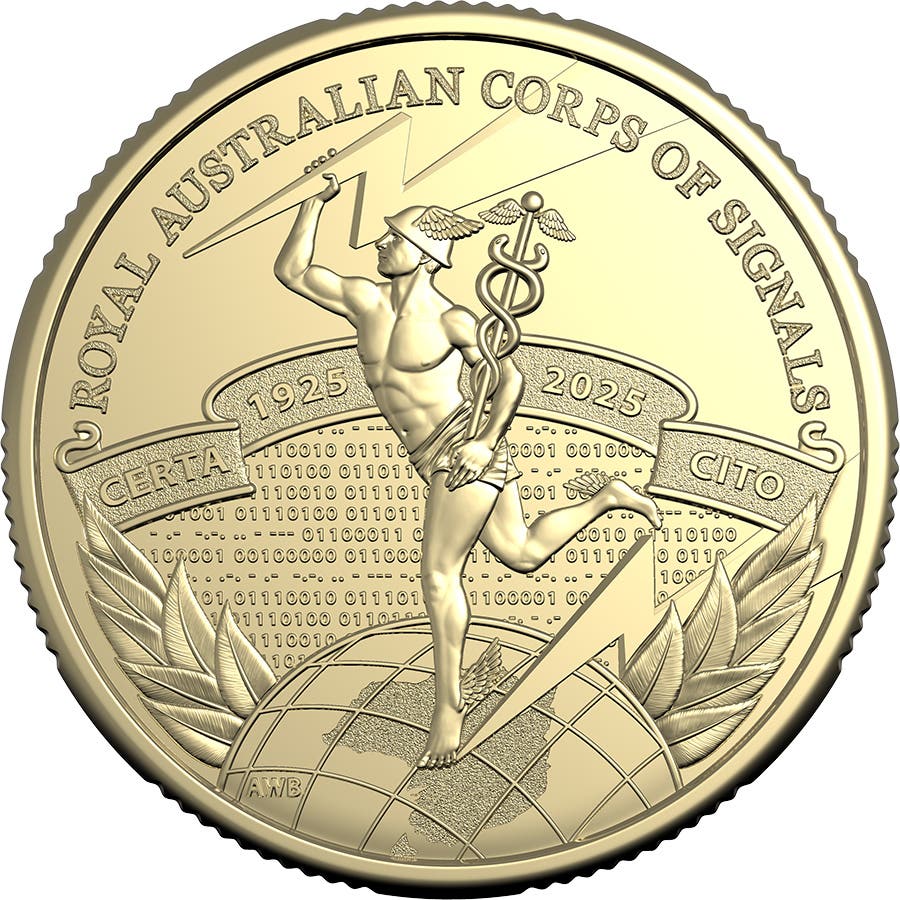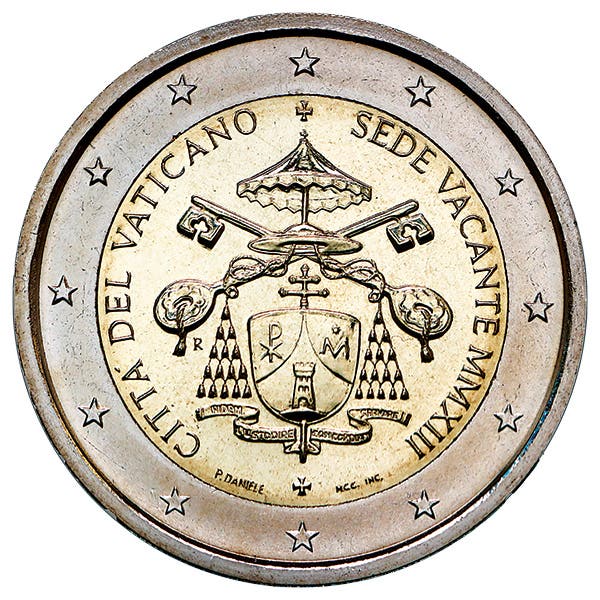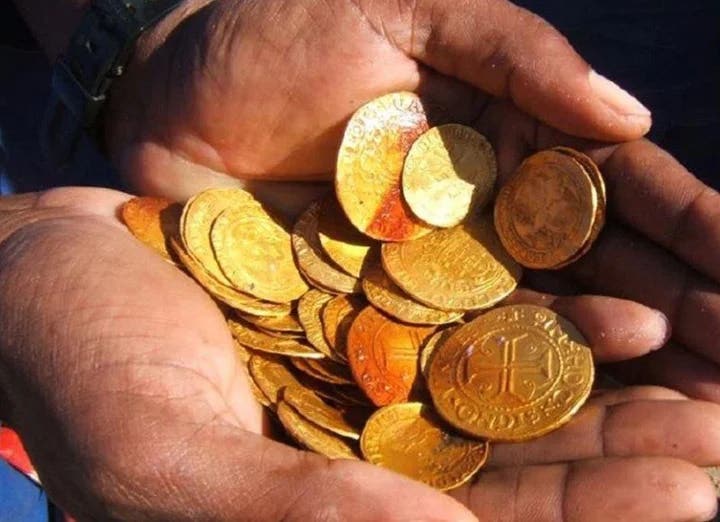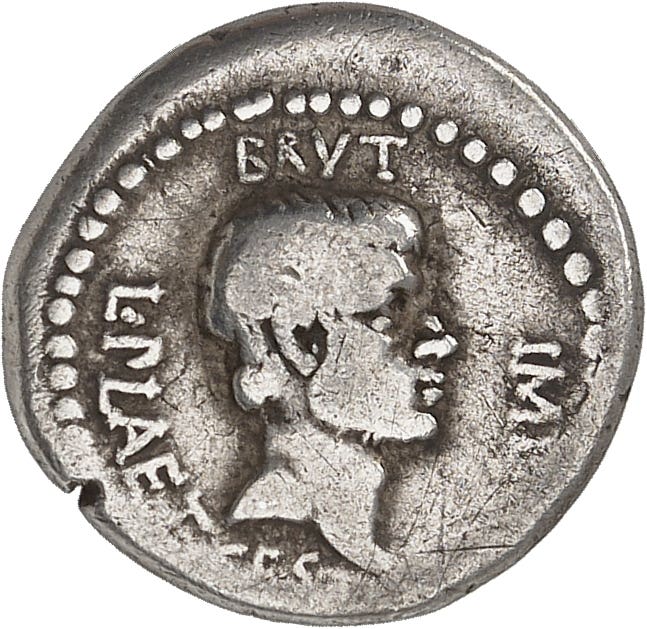Weighing History
Coin weights were the pocket-sized guardians of fair trade. Before modern banking, coin weights ensured fair transactions and protected against fraud.
What Are Coin Weights?
Coin weights are small, most typically metal objects (although glass was also popular) used to verify the weight of coins, particularly those made of gold and silver. Before the standardized banking and more modern coinage reforms, the value of a coin was based on its precious metal content rather than a fixed denomination. Because of this, counterfeiters often clipped or shaved coins, reducing their weight while attempting to pass them off at full value. Coin weights allowed traders, moneychangers, and merchants to check that a coin met the correct weight for its type.
How Coin Weights Were Used
Most coin weights were square, rectangular, or circular and made from brass, bronze, or lead. They were calibrated to specific coin denominations and often bore designs, inscriptions, or marks indicating their purpose. Some included the image of the coin they were meant to verify, while others featured symbols of authority, such as the initials of a ruler or minting institution.
To use a coin weight, a merchant placed it on one side of a simple pan balance scale and the coin in question on the other. If the coin matched the weight, it was deemed genuine. If it was too light, the coin had likely been shaved or it was counterfeit.
The Role of Coin Weights in World History
For centuries, coin weights played an essential role in commerce. These diminutive objects, often made of bronze, lead, or glass, ensured the accuracy and legitimacy of circulating currency. Frequently overlooked in mainstream numismatics, these small but mighty artifacts provide valuable insight into historical economies, trade practices, and minting standards.
The concept of weighing money to verify its value dates back to ancient Mesopotamia, when early economies relied on weighed silver rather than standardized coinage (because coins didn’t exist yet). Ancient Mesopotamians and Phoenicians used hematite weights in units such as the shekel and talent—a system of measurement later employed by ancient Hebrews. However, true coin weights—small, calibrated objects specifically made to verify minted coins—did not emerge until later civilizations adopted coinage.
When coins were developed in Lydia (modern-day Turkey) around 600 BCE, the need for a standardized method of authenticating money arose. Financial schemes and fraud have been intertwined with human history since ancient times. Consequently, human nature and an evolving financial system created opportunities for individuals to engage in deceitful practices. The archaeological exploration of Sardis provided researchers with insights into Lydian coinage.
The Lydians utilized a weight standard called the Lydo-Milesian Standard. While no specific artifacts identified as Lydian coin weights were documented, the Lydians' implemented standardized weight system suggests that such tools existed, ensuring consistency in commerce.
In ancient Greece, Greek merchants began using coin weights to verify the value of coins, particularly those made of precious metals like gold and silver. This practice became more prevalent as coinage spread throughout the Greek city-states, roughly between the 6th and 5th centuries BC.
The Romans, influenced by Greek practices, also developed their own coin weights system to maintain their currency's consistency and trustworthiness. Roman coinage and the associated use of coin weights became more systematized during the Roman Republic and continued into the Roman Empire from the 3rd century BCE through its demise.
The practice of using coin weights to ensure standardized currency spread throughout the Islamic and Eastern regions of the world and through Europe, where coin weights became common during the Middle Ages. They were particularly convenient given that much of the circulating coinage, like the noble, angel, and ducat, were made of gold. Usage declined with the implementation of standardized coinage that relied less on the intrinsic metal value of coins. Thus, the need for coin weights diminished, particularly after the 18th century, when developments in mint technology rapidly progressed.
These advancements allowed for the production of coins with consistent weight and composition. For instance, the Great Recoinage of 1696 in England aimed to replace older, clipped, and worn coins with precisely minted ones. This uniformity reduced the necessity for merchants and individuals to verify each coin's weight manually.
Furthermore, the adoption of milled or reeded edges on coins made it evident when a coin was tampered with by clipping (removing small amounts of precious metal). This feature deterred fraudulent activities and lessened the dependence on coin weights for verification.
Additionally, there was a gradual shift toward paper money, especially for more significant transactions. Bank notes became more prevalent, so the reliance on coinage and the tools necessary to verify authenticity diminished.
Historical Periods and Variations
Coin weights have been used across numerous periods and cultures, each reflecting the monetary systems of the region. In the interests of brevity, several of the most common are listed below.
- Ancient Roman and Greek Coin Weights: Some of the earliest known examples date back to antiquity when merchants used bronze weights to verify silver and gold coinage.
- Medieval European Coin Weights: During the Middle Ages, England, France, and the Holy Roman Empire produced coin weights for their respective gold and silver currencies, such as the noble, florin, and ducat.
- Islamic Coin Weights: Used extensively in the Abbasid and Ottoman empires, these weights were often inscribed with Arabic script and official marks to ensure accuracy.
- Renaissance and Early Modern Trade Coin Weights: The expansion of global trade saw increased use of standardized coin weights, particularly for widely accepted currencies like the Spanish doubloon and Dutch ducat.
The Darlington Coin Weight Discovery
A recent discovery in Darlington highlights the continued importance of coin weights in numismatic study. Metal detectorist Mark McMullan unearthed a 400-year-old coin weight, likely dating to the late 16th or early 17th century. Crafted from brass or bronze, this particular coin weight was used to check for gold James the 1st double crowns, ensuring they met the proper standards for trade. Previously, McMullen had found one other coin weight, a 'Spur Ryal or Rose Nobel' weight, minted between 1604 and 1612—also from the reign of James the 1st. It had the equivalent value of sixteen shillings and six pence. There are only twenty known surviving Spur Ryals in existence. This find offers collectors and historians a tangible link to the financial practices of early economies.
Collecting Coin Weights
For numismatists, coin weights represent a unique and often affordable collecting category. Many are intricately designed, bearing historical marks and stamps, while others reflect the economic and trade practices of the time. Some key considerations for collectors include:
- Rarity and historical significance
- Condition and legibility of inscriptions
- Provenance and origin
- Connection to specific coins or monetary systems
While coin weights may not be as widely recognized as coins, they provide an essential context for understanding money’s historical role. Whether as standalone collectibles or part of a larger numismatic collection, coin weights remind us of the ingenuity and precision required to achieve and maintain economic stability in the past.
Kele Johnson is the Editor of Kovels Antique Trader magazine and the Digital Content Editor of Active Interest Media's Collectibles Group. Her captivation with collectibles began at a young age while dusting her mother’s McCoy pottery collection. She admits to a fondness for mid-century ceramics, uranium glass, and ancient coin hoards. Kele has a degree in archaeology and has been researching, writing, and editing in the collectibles field for many years. Reach her at kelejohnson@aimmedia.com.








